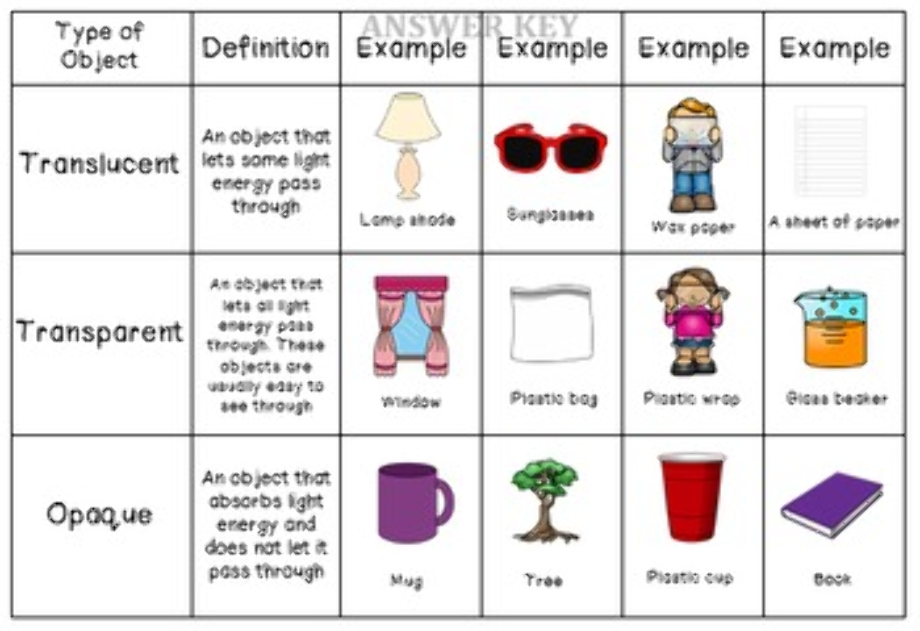
In the natural world, the offspring’s success depends on having traits that help it survive and reproduce. Then, to create a new offspring, “the two merge and exchange genes,” Alavi said. With just a couple of “pieces of matter” - representations of one basic unit of a material - it can create thousands of hitherto unknown morphologies, or structures, with the properties he specified.Įach piece of matter acts as a parent with its own physical properties, like a particular shape or a certain hardness, which are represented in Alavi’s algorithm as genes. Unlike ChatGPT and other generative algorithms that are trained on massive amounts of data to make something new, Alavi’s platform doesn’t need thousands of examples.

All we need is a single piece of a system to launch the evolutionary process.” How the algorithm works “We can fit anything into this system and see how it morphologically evolves. It could model a molecule or a neuron or, who knows, maybe the platform could be used to model the evolution of an entire living organism. He predicts it will cost around 20% less than traditional concrete.īut the platform isn’t limited to creating stronger concrete or better building materials. With a $250,000 grant from the Impactful Resilient Infrastructure Science and Engineering consortium, Alavi has produced the first prototype of an ultralight, ultrastrong concrete with potential uses in pavement and bridges for the Pennsylvania Department of Transportation. “You will be able to see through it,” Alavi said, “but we hypothesize noise will be reduced by 90%.” With a $2.5 million grant from the Pennsylvania Turnpike Commission, he is developing sound-absorbing metamaterial to create a new kind of sound barrier - an open one. In two first-of-their-kind projects, his team is building megastructures from metamaterials.

And in his opinion, metamaterials are a perfect fit for large-scale infrastructure projects because small improvements in weight or strength add up quickly over industrial-sized structures. We can find new materials in a couple of days - materials that could have taken 10 million years to form and evolve in nature,” he said.Īlavi’s long-term vision is to harness the power of generative AI tools for reshaping America's civil infrastructure. “We’ve accelerated the process of evolution. After running the program for less than a week, the team could have found nearly 100,000 structures with new modalities. “Yet, they provide excellent mechanical performance, better than all the other solutions we’ve come up with before.”īeyond generating materials with the properties he wanted, the platform also evolved materials with properties that were unique, and potentially useful, in unexpected ways. “Some of these structures are just so complex and inconceivable by the human mind,” Alavi said.

They ranged from basic structures like those commonly found in materials science labs to intricate shapes reminiscent of ancient scripts found etched on a clay tablet. The platform used generative artificial intelligence (AI), similar to the technology underpinning ChatGPT, to create these new materials using a process resembling evolution by natural selection.Īs the process repeated, the algorithm continued to create new materials. In a paper published in the May issue of the journal Advanced Intelligent Systems, Alavi outlined a platform for the evolution of metamaterials, synthetic materials purposefully engineered to have specific properties.

Amir Alavi, assistant professor of civil and environmental engineering in Pitt’s Swanson School of Engineering, found evolution-inspired algorithms produced synthetic materials with equally surprising traits. Eyes that shoot blood.Įvolution has led to some creative, counterintuitive and downright weird properties in the natural world.


 0 kommentar(er)
0 kommentar(er)
